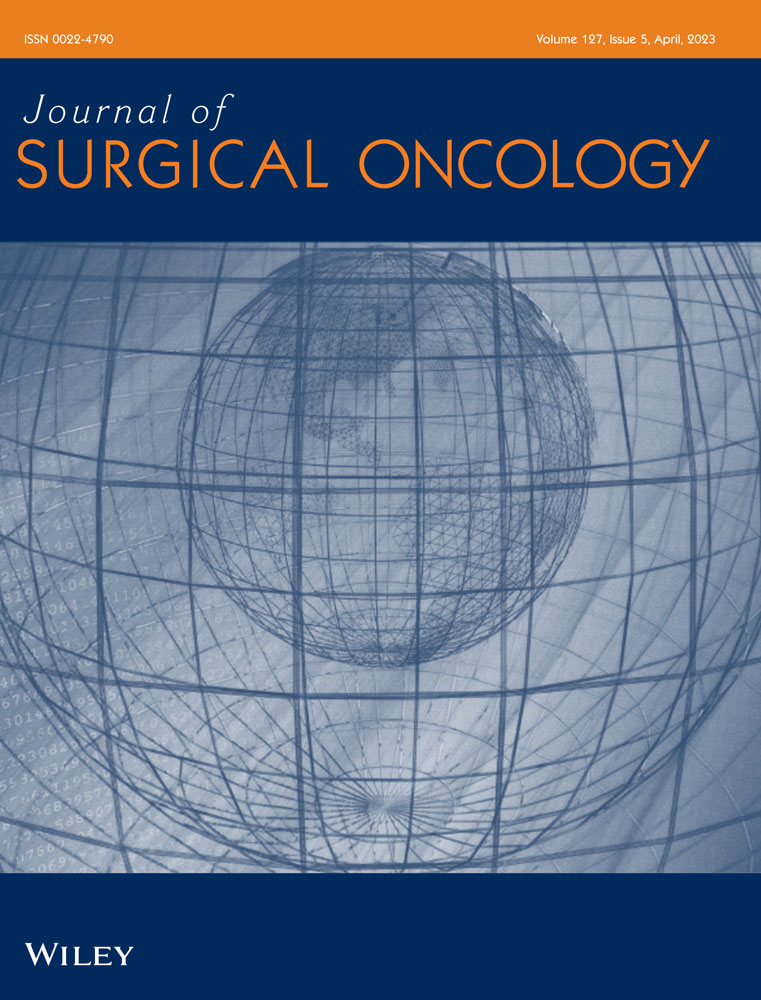An adapted protocol for magnetic localisation of nonpalpable breast cancer lesions and sentinel lymph nodes using a magnetic seed and superparamagnetic iron oxide tracer
Merel A. Spiekerman van Weezelenburg and Elisabeth R. M. van Haaren shared first authorship.
Abstract
Background
Localisation techniques for nonpalpable breast cancer lesions and sentinel lymph node biopsy (SLNB) are associated with several drawbacks. A complete magnetic technique using magnetic seeds and superparamagnetic iron oxide tracer could be an interesting alternative. This study describes a clear protocol and the results of a combined magnetic approach.
Methods
From August 2021 to February 2022 40 patients undergoing breast conserving surgery with SLNB were eligible for inclusion. Localisation was performed under ultrasound or stereotactic guidance, 1 week before surgery. Subsequently, 1 ml of tracer was injected at least 4 cm away from the tumour. Technetium-99m (99mTc) was injected 1 day before surgery as control procedure. Outcomes were SLNB time, a number of nodes detected with magnetic tracer including comparison with 99mTc, a success rate of malignant lesion detection and pathological margin assessment.
Results
In total, 40 procedures were performed on 39 patients. A median of one node was retrieved. Sentinel nodes were retrieved using MagTrace® with a 92.5% detection rate compared to 99mTc. Wide local excision under magnetic guidance was successful in 35 cases.
Conclusions
This paper describes a combined magnetic approach for breast-conserving surgery and SLNB. An adapted protocol is described and could be used for implementation.
CONFLICT OF INTEREST
The authors declare no conflict of interest.
Open Research
DATA AVAILABILITY STATEMENT
The data that support the findings of this study are available on request from the corresponding author. The data are not publicly available due to privacy or ethical restrictions.




